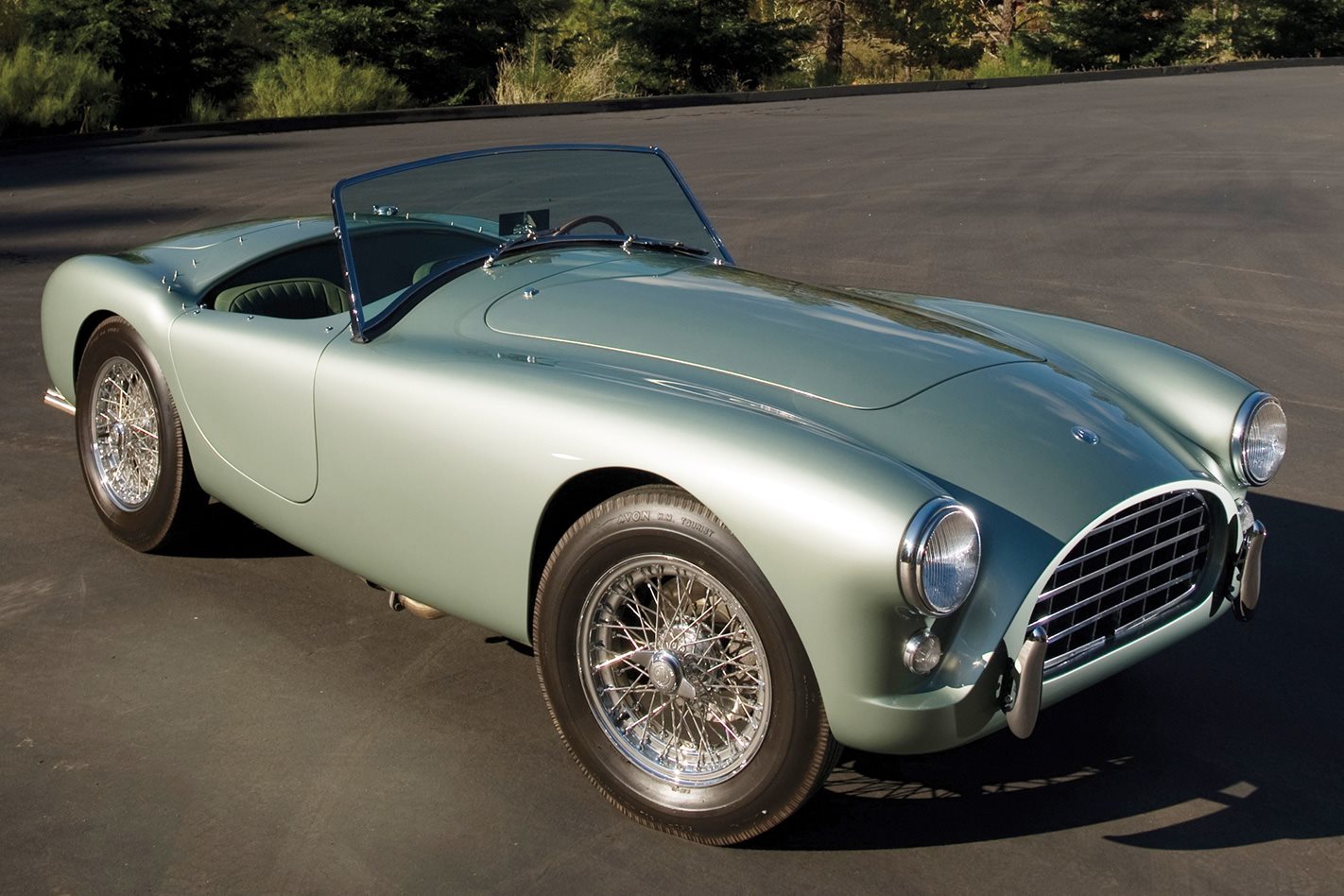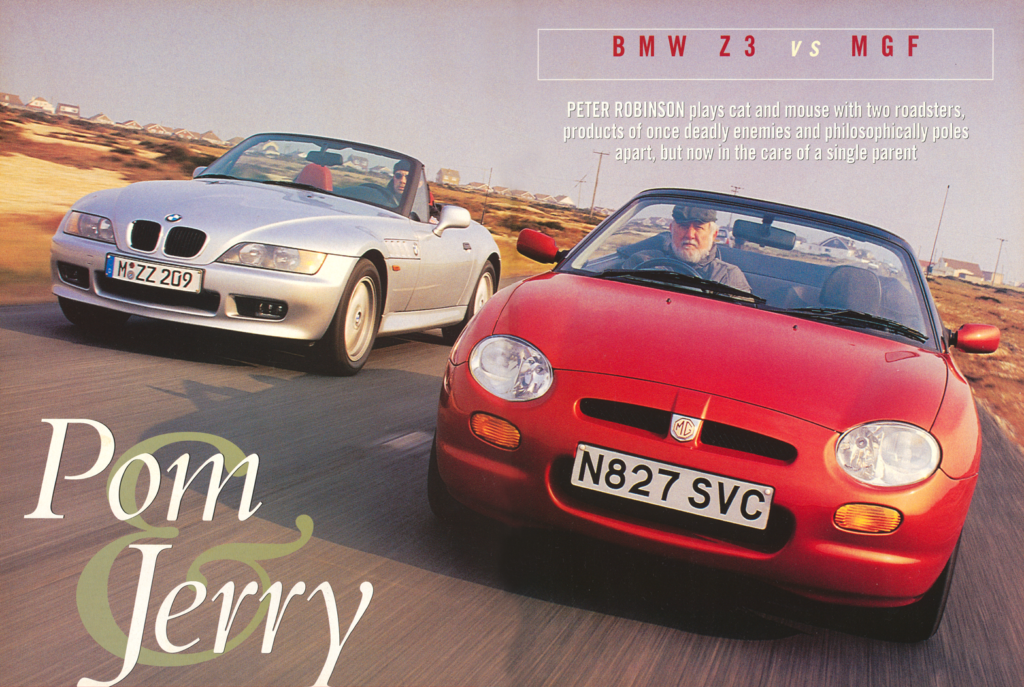Carroll Shelby once said of his most famous creation, the AC Cobra: “You can’t make a silk purse out of a sow’s ear – but you can make a mighty fast pig.” The fact is that Shelby had started with a silk purse, in the attractive, well-built and beautifully balanced AC Ace.
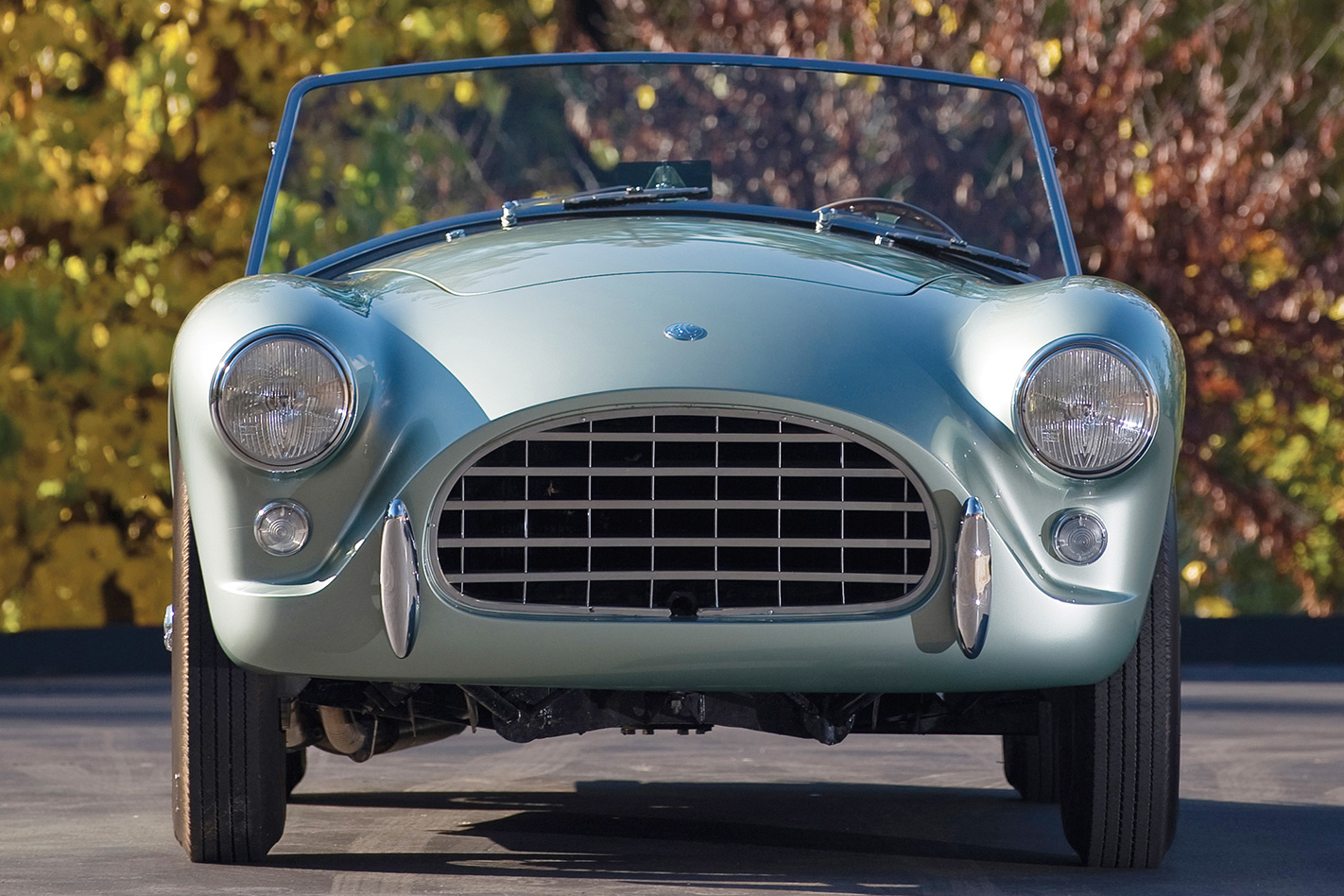
AC Cars traces its history to 1901, when London engineer John Weller established a workshop to produce cars and components. Autocar & Accessories Ltd had its first success in 1904 with a three-wheeled delivery vehicle called the Autocarrier; the firm was renamed Autocarriers Limited in 1907, and AC Cars in 1921.
By 1928, with motorsport successes, its own engines and seven models, AC Cars was one of Britain’s largest car makers. A year later, it went into voluntary liquidation. Then, under new ownership, it opened a showroom on London’s swanky Park Lane. By the turn of the 1950s, with outdated models, its reputation was on the ropes again.

All that changed with the AC Ace in 1953. A year or two earlier, racing car constructor John Tojeiro had seen Ferrari’s Touring-bodied 166MM Barchetta and built himself an alloy-bodied, ladder-chassis replica racer, using a 1.5-litre MG engine and various Cooper mechanicals. Tojeiro sold production rights to AC Cars, which revised the bodywork and fitted its own ageing, 63kW 2.0-litre six-cylinder to create the Ace. A year later, the very pretty roadster was joined by a similarly elegant hardtop, dubbed the Aceca (pronounced “a-see-ka”).
The Ace’s initially lacklustre performance from the AC engine stepped up in 1956 with a more modern 90kW, 2.0 litre Bristol six-cylinder, derived from BMW’s pre-war M328. When Bristol axed this engine in 1961, AC turned to tuner (and enthusiastic Ace racer, Ken Rudd), whose Ruddspeed business provided modified 2.6-litre Ford Zephyr units, good for up to 127kW. These 2.6-litre cars were identifiable with a lower bonnet line and smaller grille. Only 37 2.6-litre cars were produced (to 1963) – as by that time, even the Ruddspeed six was being made to look puny by a lanky American interloper.
In September of 1961, AC Cars had been contacted by a certain Texan chicken farmer turned racing driver, with the notion of a European-American hybrid sports car. After just 689 AC Aces (of all six-cylinder engine types) had been built, Shelby’s scheme to mate import-duty-free rolling chassis from AC with Ford’s freshly-minted, initially 3.6-litre (221ci) small-block V8 would write a whole new chapter for the AC Ace – and in sports car history.
Banging the drums
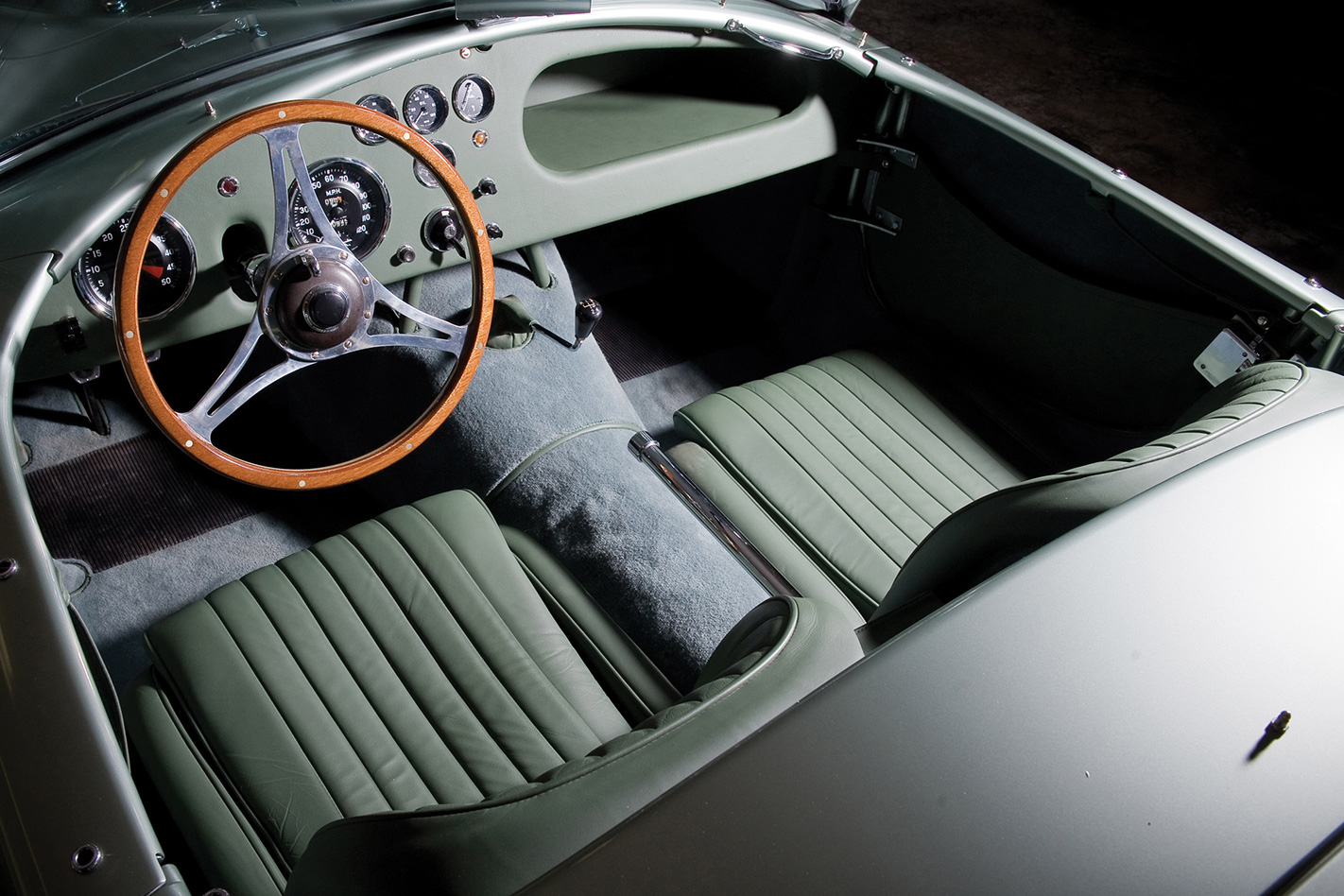
Self-taught racing car builder John Tojeiro designed a straightforward, steel tube ladder chassis, with a steel tube frame to support the alloy body. Suspension was independent front and rear by transverse leaf springs and lower wishbones with telescopic dampers. Brakes were drums at each corner (front discs from 1957), not much troubled by the 760kg kerb weight.
They put a lid on it
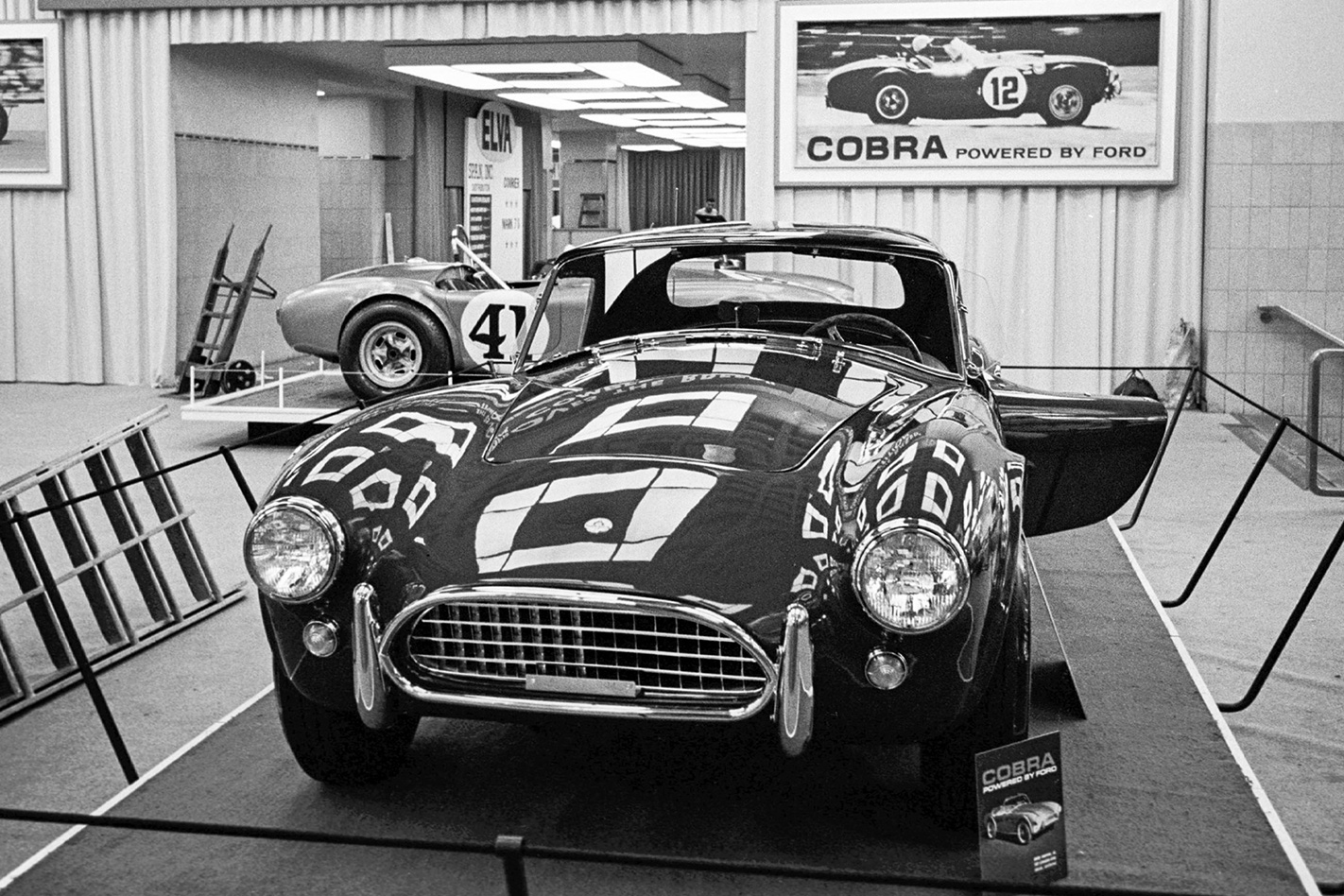
The Ace was naturally a showcase for AC’s long-established aluminium coachbuilding skills. The interior was simple and graceful, with wood-rim wheel, basic instrumentation and upholstered dash. Later cars gained a lid on the glove compartment. Soft-top was a simple side-curtains and clip-on affair that stowed (with the space-consuming spare tyre) in the boot; buyers seeking practicality had the option (from 1954) of the attractive Aceca coupe, with its hinged fastback tailgate.
LSR in the DNA
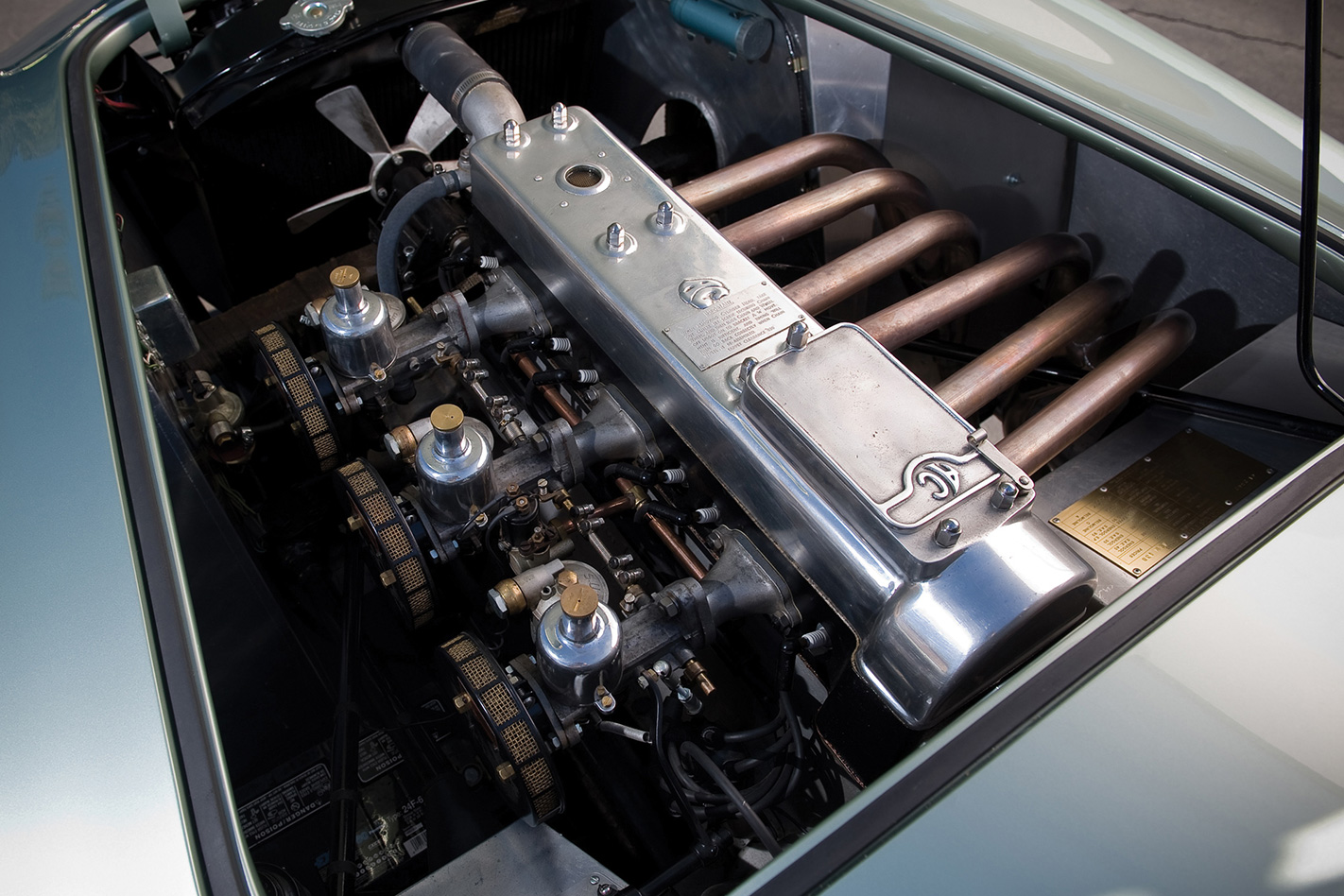
AC’s 1991cc, alloy-block, sohc inline six was designed by AC founder Weller, under the direction of land speed racer Selwyn ‘SF’ Edge, way back in 1919. By 1953, the triple-SU-carbed Ace unit developed 63kW and 149Nm and was good for 0-100km/h in 9.5 seconds and a top speed of 180km/h, via a four-speed manual. Tuning could bring 80kW, but its replacement in 1956 with the 95kW/167Nm Bristol-BMW M328 was a godsend.

